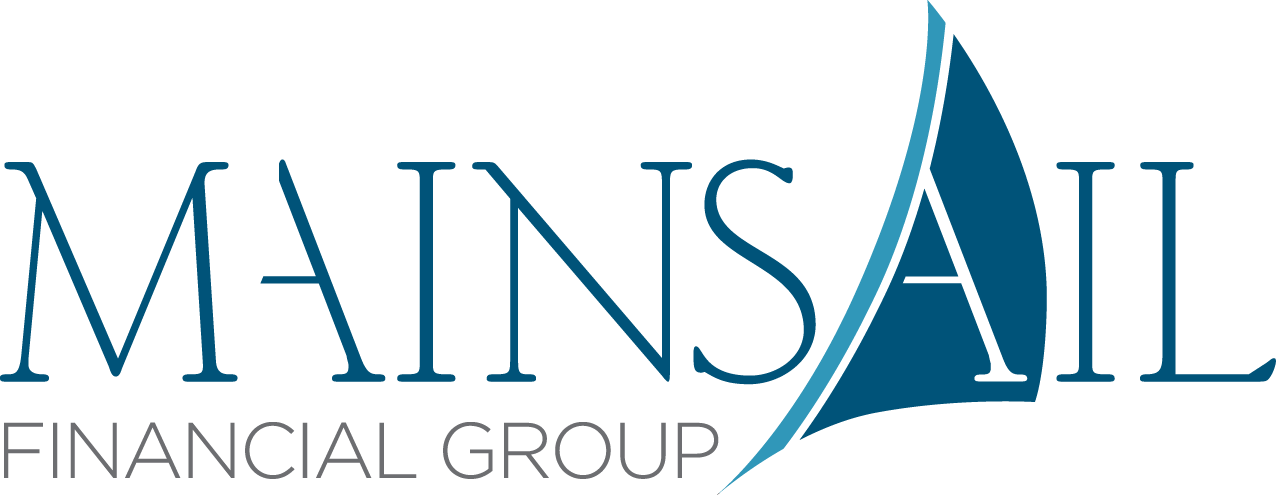3 Retirement Steps to Ensure Your Plan is On Track
Planning for retirement is a crucial aspect of financial well-being, ensuring that you can enjoy your golden years with peace of mind. As we navigate the complexities of life, it is imperative to take proactive retirement steps to ensure our plan remains on track. By carefully outlining a retirement roadmap, taking inventory and tracking expenses, we can begin to pave the way for a comfortable and satisfying retirement. Below, we will explore 3 key foundational retirement steps to help you ensure your plan is on track and stays on track despite life’s many ups and downs.
Create a retirement roadmap
When determining whether you are on track for retirement, it is crucial to start with a roadmap. Take some time to create a plan to outline your targets and where you should be at specific milestones. Although you may be over or under your targets in any given year, this plan can help as a guiding light to make sure you are consistently heading in the right direction. You may need to tweak this over the years as your goals and definition of retirement change. However, this plan should provide a great sounding board to refer back to again and again. Before you can develop your plan, there are a few key components that act as a baseline to help you get started and re-evaluate each time you assess your progress.
Are you ready to retire?
Learn what steps to take if you’re planning to retire soon by requesting our FREE checklist!
Constantly take inventory
One of the items that needs to be evaluated, and re-evaluated, on a regular basis is your retirement accounts, assets, and liabilities. It is very easy to leave accounts out of sight and out of mind altogether. Although having automated strategies to avoid being wrapped up in the markets' day-to-day movements is essential, it is also critical to regularly spend some time to take inventory and know what you have and where. Taking inventory is the first step in our planning process with any new client. By having a structured, thorough process during this step, I have run into a few scenarios where clients actually found old accounts they weren't aware existed that helped significantly in their retirement planning. I know this may seem strange, but it is more common than you might think.
Track your expenses
Tracking expenses is a critical part of your retirement roadmap. I don't say this to suggest you should constantly worry about spending. It may not be necessary to cut out that weekly coffee run. If that $5 mocha makes you happy and it isn't setting you back in your financial goals, enjoy it! However, I would suggest tracking expenses to know what you spend and in which categories to make sure your expenses align with your values and that you are on track for your retirement. Something I have found extremely helpful is to break out your expenses into two different categories: needs and wants. Your "needs" would be precisely what you think, food, water, housing, taxes, etc. And the "wants" might be things like travel, golf, or that mocha. Whichever way these categories break out is not the most important part of this exercise. The idea here is to develop an understanding of how your expenses break into these two categories to base your planning around your reality. Breaking your expenses into "needs" and "wants" may help you match up your fixed income sources to the “need” expenses you find. From there, you may develop more flexible strategies for the wants, allowing you to enjoy your retirement guilt-free.
Are you prepared for taxes in retirement?
For more long term tax planning strategies, claim your FREE copy of Brandon’s book, Retire by Design!
Once you have taken account of your inventory and worked out your expense, it is also critical to add some buffer to handle any unexpected expenses. Having some additional flexibility will help you in retirement. Some of the more common unexpected expense examples we see include; changes in your tax liability, unexpectedly needing to replace your roof, or a major medical bill that comes up out of the blue. Having flexibility will allow you to pay these expenses without much of a second thought. A huge part of thoughtful financial planning is based on creating flexibility to allow you to course-correct based on whatever may be thrown at you in the future.
Ensuring that your retirement plan remains on track is a vital undertaking that requires careful planning, monitoring, and flexibility. By taking proactive steps to keep track of your retirement roadmap, constantly taking inventory, and reviewing your expenses you can stay ahead of the curve and make any necessary adjustments to maintain your focus. Remember, the earlier you start, the more time you have to course-correct and create your ideal retirement. To discuss one or more of these retirement steps in more detail and learn about how they may be applicable to your specific situation, please schedule a call with a member of our team below!

